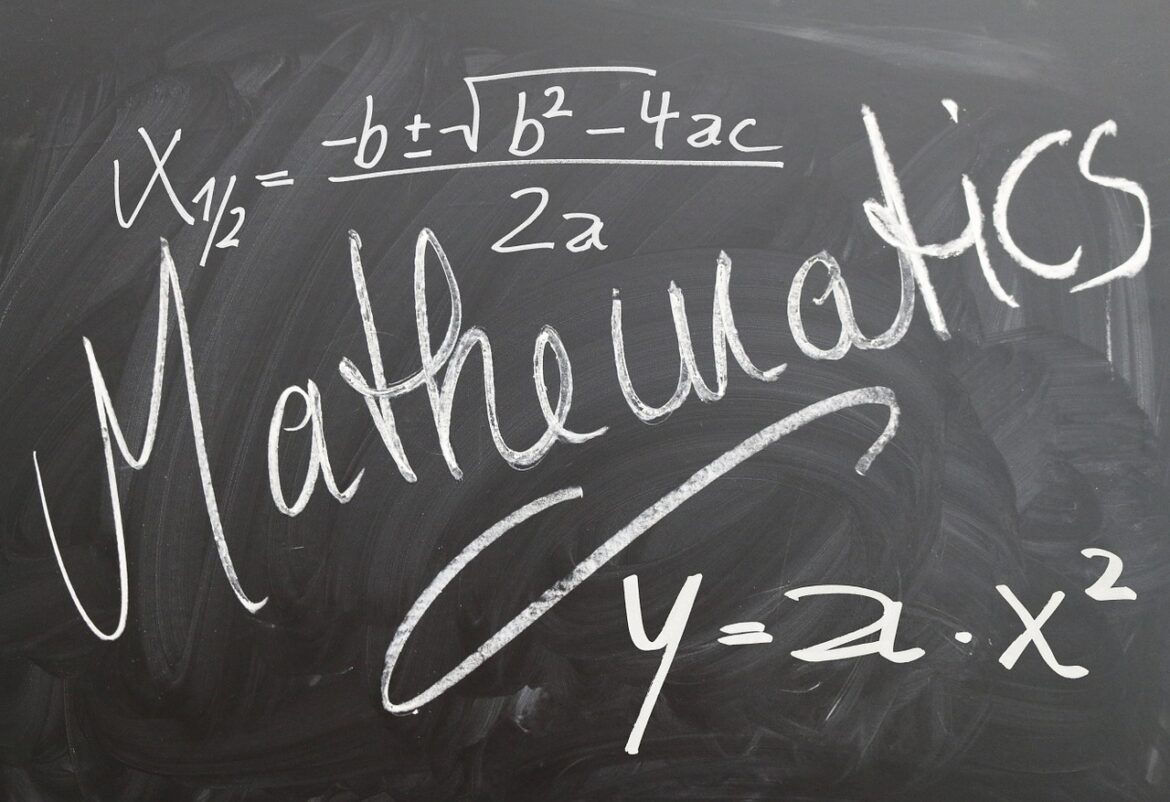South Africa’s education system has been placed under a harsh spotlight following the 2023 Trends in International Mathematics and Science Study (TIMSS), revealing a complex and troubling picture of learner performance. Grade 5 learners from South Africa ranked last out of 59 countries, with scores dropping even further compared to previous years. This decline reflects ongoing struggles in foundational education, where issues like overcrowded classrooms, outdated textbooks, and underqualified teachers remain persistent barriers to progress. The national results paint a stark picture of a system in dire need of reform, particularly in the critical early years of schooling.
However, the story is not entirely bleak. The performance of Grade 9 students provides a glimmer of hope. While South Africa still lags behind global standards, the 2023 results show a modest but encouraging improvement in maths scores, rising from 389 in 2019 to 397 in 2023. This increase, although small, signifies a potential turning point. Grade 9 learners outperformed peers in countries like Jordan, Brazil, and Palestine, showing that progress is indeed achievable even within an education system grappling with significant challenges. This shift hints at the possibility of systemic change if the right strategies are put in place.
Basic Education Minister Siviwe Gwarube was quick to acknowledge both the shortcomings highlighted by the study and the opportunities they present. She emphasized that the results should not be seen merely as a reflection of failure but as a clear signal that more needs to be done to address the underlying issues. Minister Gwarube’s commitment to revamping the education system is a positive step, as she outlined plans to utilize detailed analyses of learner performance to guide future reforms. The government’s recognition that “more of the same will not do” is a crucial starting point for meaningful change.
A deep divide continues to characterize South Africa’s educational landscape, with students from poorer Quintile 1 to 3 schools persistently lagging behind their counterparts in better-resourced schools. The disparity is driven by a complex web of systemic issues, such as inadequate infrastructure, poorly trained teachers, and a lack of learning materials in less affluent areas. These challenges are compounded by the struggles of learners in rural and township schools, where the odds are stacked against them in terms of both resources and support. On the other hand, learners in well-resourced schools benefit from experienced educators, modern teaching tools, and a more supportive learning environment, making for an uneven playing field.
Language remains one of the most significant barriers to improving learner outcomes. In many schools, especially those in poorer areas, students are taught in a second language, typically English, which complicates their understanding of complex subjects like mathematics and science. Research consistently shows that students perform better when taught in their mother tongue, yet many learners in South Africa face the additional challenge of navigating a curriculum in a language they are not fully fluent in. This language divide exacerbates existing inequalities and prevents a significant portion of the student population from reaching their full potential.
Despite these formidable challenges, the modest improvement in Grade 9 results suggests that progress is not only possible but already underway. To capitalize on this momentum, the government must focus on narrowing the gap between well-resourced and under-resourced schools, ensuring that all learners, regardless of their socio-economic background, have access to quality education. Addressing language barriers and ensuring that teachers are equipped with the skills and resources needed to succeed will be key to sustaining this upward trajectory. South Africa’s education system is at a crossroads, and while the path forward is fraught with obstacles, the possibility for substantial improvement remains within reach.
